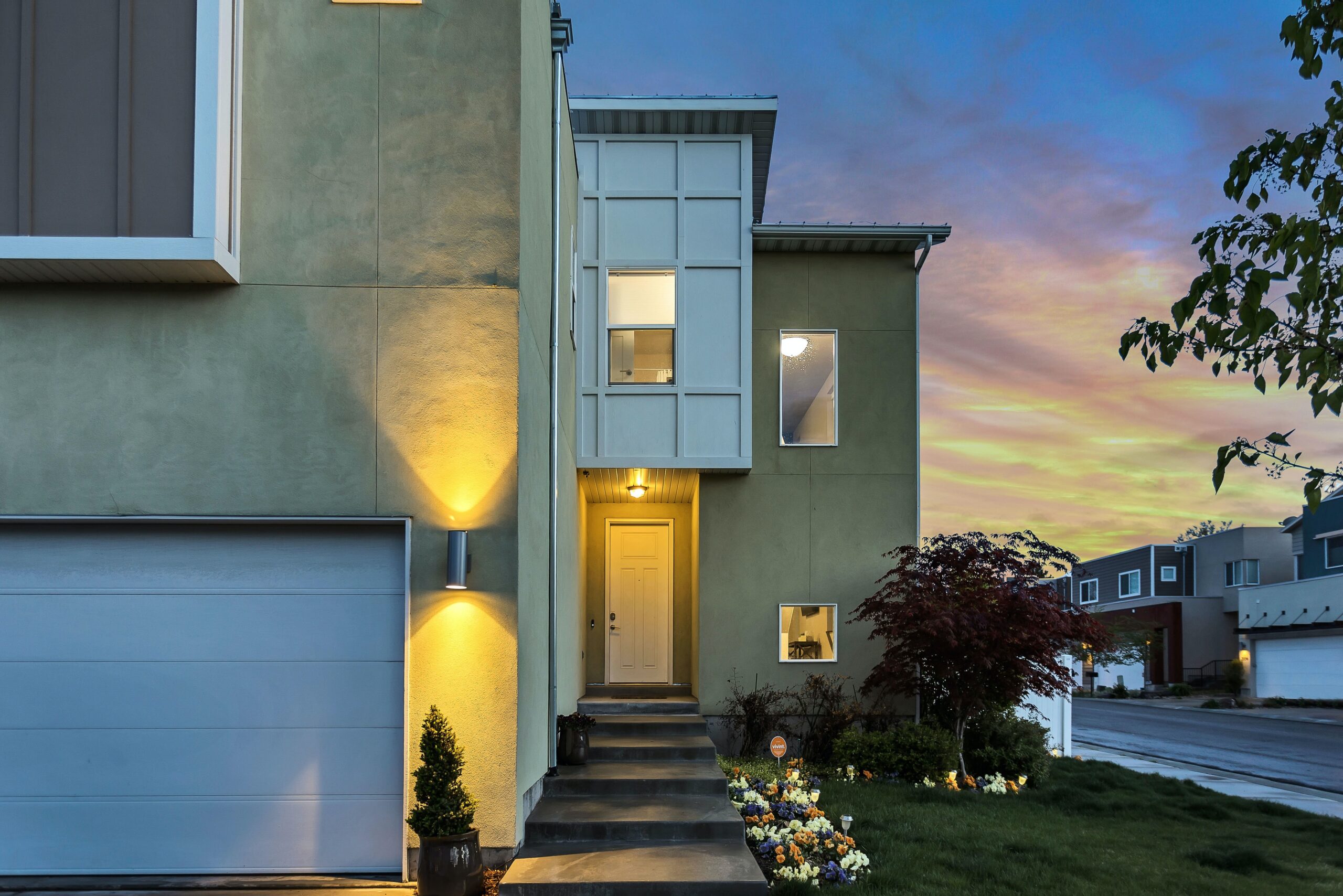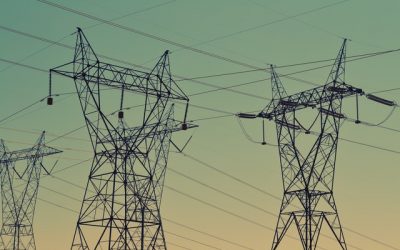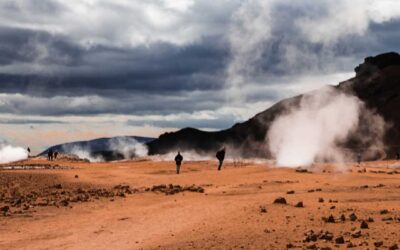Can you stand one more post about energy efficiency in houses? Our earlier post about the Passivhaus standard in Germany attracted a comment from Katrin Klingenberg, Director of the Passive House Institute US, that merits wider circulation. A version of her comment appears below. Also, check out the organization’s web site, which, helpfully, is in English and covers a lot of the frequently asked questions about Passive Houses.
On a related note, here’s a fun proposal that Obama convert the White House into a Passive House.
Passive Houses based on the German Standard has been around in the United States since 2002. We have many different buildings in various climate zones already on the ground and implemented. The Berkeley project is just one example of many. I built the first Passive House in Urbana Illinois in 2003. It turned 5 this past September and the performance has been measured, evaluated, published and confirmed. It really works beautifully! It is a pleasure living in it! Recently we tested the indoor air quality. Compared to existing homes in town my home was the only one to comply with the indoor air requirements of the EPA. The Germans calibrated what builders in the ’70s did not get to.
Since early 2007 my partner and I have developed the Passive House Institute US. We are a partner of the German Institute and have been working on over 20 projects during the last 5 years, including multi-family projects. Selected highlights of the built projects are documented in our most recent book, “Homes for a Changing Climate — Passive Houses in the U.S.”
Passive Houses work not only in Europe but in all climate zones. They do not have to be boxes and can have windows that open. 500 square feet per person is a recommendation and not a requirement. There are many different ways to construct and insulate a Passive House. They do not have to be oriented perfectly, as there are Passive Houses with next to no opportunity for solar gains in cities, for example. In a number of regions throughout the US and Canada there are local Passive House groups at work and Passive House consultants have begun working on Projects for new and retrofit applications. The Passive House movement is growing rapidly.
I also like to mention that Germany has solar radiation comparable to Alaska! If they can do it there you can do it anywhere, certainly in the United States where we have sun aplenty.
Brought to you by terrapass.com
Featured image







